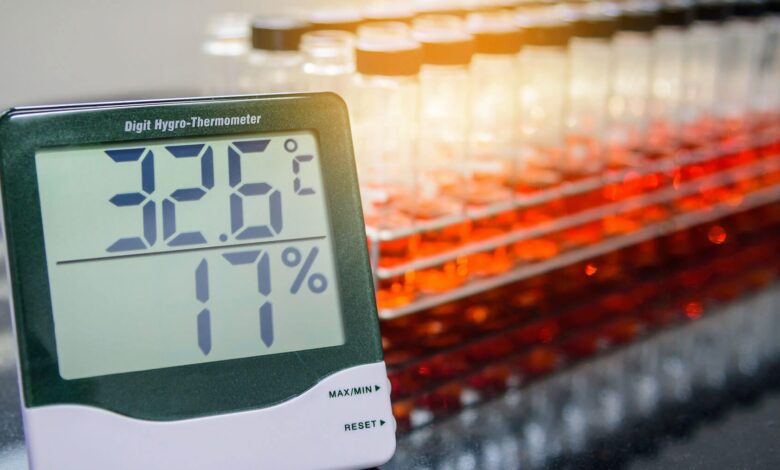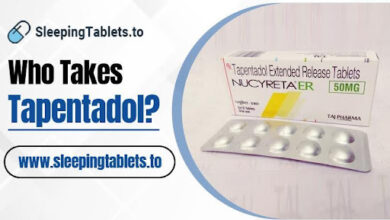The Impact of Humidity on Electronics and How to Mitigate It

Understanding the Risks of Humidity:
Humidity can significantly impact electronic devices, leading to issues such as corrosion, short circuits, and reduced performance. High humidity levels can cause moisture to accumulate inside devices, degrading internal components and eventually causing malfunctions or failures.
Monitoring Humidity Levels:
To protect electronics, it is crucial to monitor humidity levels in environments where sensitive devices are used. Using a humidity meter can help in detecting and maintaining optimal humidity levels, ensuring the longevity and reliability of electronic equipment.
Mitigation Strategies:
To mitigate the effects of humidity, it is essential to maintain controlled environments with consistent temperature and humidity levels. This can be achieved through the use of dehumidifiers, climate-controlled rooms, and proper ventilation. Additionally, protective coatings and enclosures can be used to shield electronics from moisture.
Humidity’s Effect on Different Types of Electronics:
Different types of electronics, such as consumer devices, industrial equipment, and medical instruments, may respond differently to humidity levels. Understanding these differences helps in implementing specific measures tailored to each type of equipment, thereby preventing potential damage.
Importance of Humidity Control in Data Centers:
Data centers are particularly vulnerable to humidity fluctuations, as they house sensitive servers and networking equipment. Proper humidity control in these environments is critical to prevent condensation, which can lead to short circuits and data loss, ensuring the smooth operation of digital infrastructure.
Long-term Benefits of Humidity Control:
Maintaining optimal humidity levels not only protects electronics but also extends their lifespan and reduces maintenance costs. Long-term humidity control can lead to significant savings by preventing early equipment failures and reducing the need for frequent repairs or replacements.
Using Humidity Data for Predictive Maintenance:
By consistently monitoring humidity levels with a humidity meter, businesses can gather data that supports predictive maintenance strategies. Analyzing this data helps in anticipating potential issues before they lead to equipment failure, allowing for timely interventions that minimize downtime.
Regulatory Compliance and Standards:
Certain industries must adhere to strict regulatory standards regarding environmental conditions, including humidity levels. Implementing effective humidity control measures ensures compliance with these regulations, avoiding penalties and ensuring the safety and reliability of electronic systems.



